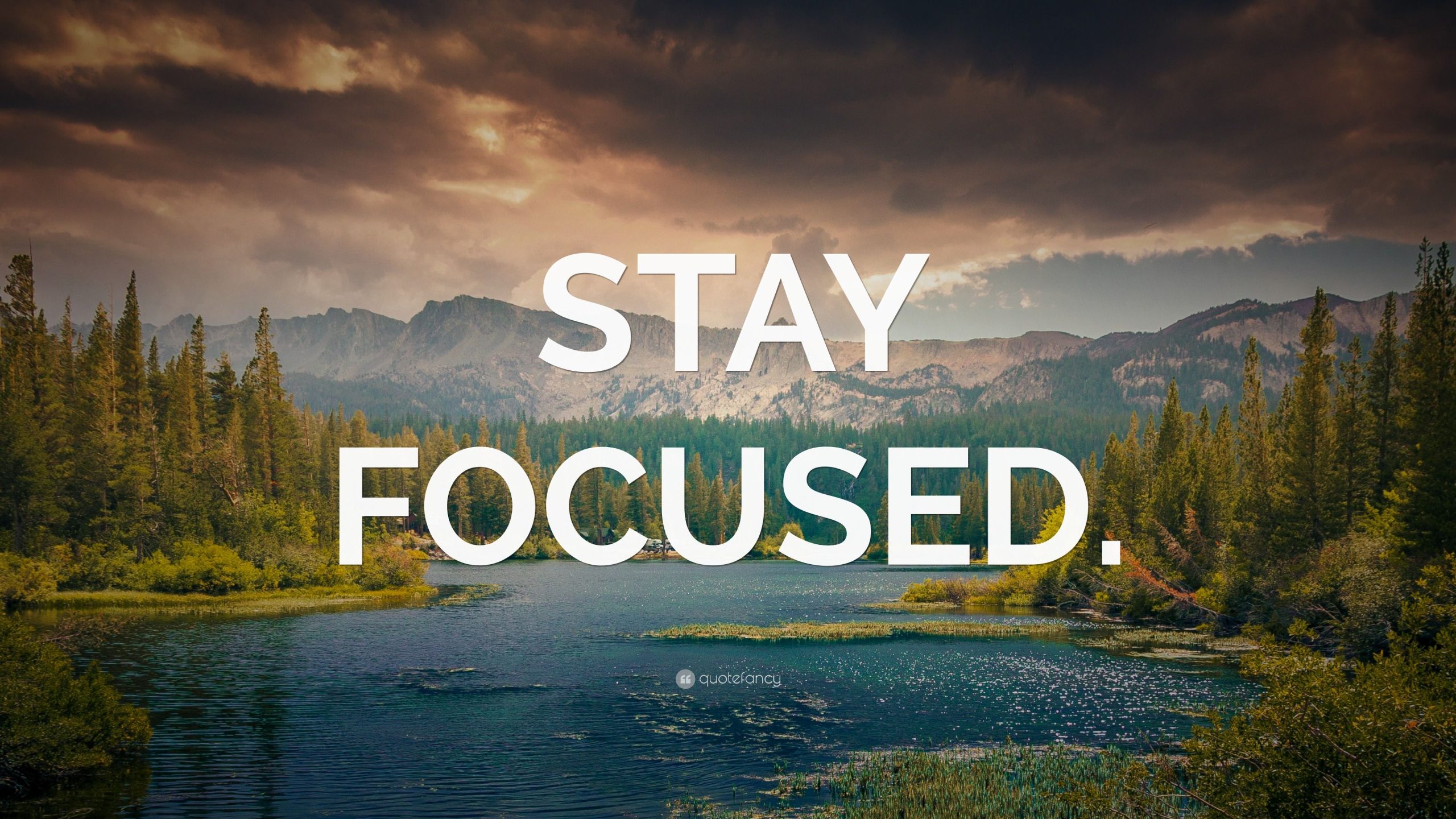
Nepal, a landlocked nation nestled in the heart of the Himalayas, conjures images of towering peaks, ancient spiritual traditions, and unparalleled adventure. From the highest point on Earth to the birthplace of Buddha, this enigmatic country offers an array of experiences that cater to every kind of traveler. Choosing where to stay in Nepal isn’t just about finding a bed; it’s about selecting an anchor for your adventure, a base from which to immerse yourself in its vibrant culture, breathtaking landscapes, and profound history.
This comprehensive guide will navigate you through Nepal’s top attractions, delve into its rich past, offer essential travel tips, explore diverse accommodation options, clarify transportation, and pinpoint the best time to visit, helping you craft your perfect Nepalese sojourn.
A Glimpse into Nepal’s Soul: History and Culture

Related Articles about Nepal: A Tapestry of Mountains, Monasteries, and Unforgettable Stays:
- Venice: A Timeless Travel Guide to the Floating City
- Ho Chi Minh City: A Journey Through Time, Culture, and Unforgettable Stays
- Egypt: A Timeless Tapestry of Wonders – Unveiling the Top Attractions and Essential Travel Guide
- Montreal’s Grand Stays: Unveiling the City’s Best Hotels and the Treasures They Uncover
- France’s Grandeur: A Journey Through Its Finest Hotels and Unforgettable Experiences
Nepal’s history is as layered and majestic as its mountains. Its roots trace back to ancient dynasties like the Lichchhavis and Mallas, who shaped the Kathmandu Valley into a thriving cultural and artistic hub, evident in the exquisite architecture of its Durbar Squares. It was in Lumbini, in the southern plains, that Siddhartha Gautama, the Buddha, was born around 623 BC, forever linking Nepal to the origins of a global religion of peace.
The modern nation of Nepal was unified in the 18th century by King Prithvi Narayan Shah, who consolidated various small kingdoms into a single, formidable entity. A period of autocratic rule by the Rana prime ministers followed, isolating Nepal from the outside world until the mid-20th century. Since then, Nepal has navigated a complex path from monarchy to a federal democratic republic, experiencing political transitions and a decade-long civil conflict. The devastating earthquake of 2015 tested the nation’s resilience, but Nepal has shown remarkable spirit in rebuilding and welcoming travelers back to its ancient sites and trails.
Today, Nepal is a mosaic of over 100 ethnic groups, each with its unique language, traditions, and festivals. Hinduism and Buddhism coexist harmoniously, their philosophies intertwined in daily life, art, and architecture. This rich cultural tapestry, combined with its dramatic geography, makes Nepal an endlessly fascinating destination.
Where to Anchor Your Adventure: Top Destinations & Attractions
Deciding where to stay often begins with identifying what you want to experience. Nepal offers distinct regional personalities, each promising a unique immersion.
1. Kathmandu Valley: The Cultural Heartbeat
The Kathmandu Valley, a UNESCO World Heritage site, is Nepal’s historical and cultural epicenter. Comprising the three ancient cities of Kathmandu, Patan, and Bhaktapur, it’s an open-air museum filled with temples, stupas, palaces, and vibrant markets.
-

Kathmandu City: The bustling capital is a sensory overload in the best way.
- Durbar Square: A sprawling complex of ancient palaces, temples, and courtyards, reflecting Malla and Shah dynasty architecture. It’s a living museum, still recovering from earthquake damage but brimming with life.
- Swayambhunath Stupa (Monkey Temple): Perched on a hilltop, this iconic stupa offers panoramic views of the valley and is a sacred site for both Buddhists and Hindus. Its all-seeing Buddha eyes are instantly recognizable.
- Boudhanath Stupa: One of the largest stupas in the world and a major pilgrimage site for Tibetan Buddhists. The air here hums with the chants of pilgrims circumambulating the dome.
- Thamel: The tourist hub, a labyrinth of shops, restaurants, trekking gear stores, and guesthouses.
- Where to Stay: Thamel is the go-to for budget and mid-range travelers, offering everything from backpacker hostels to boutique hotels. For a more tranquil and luxurious stay, areas like Lazimpat or around Durbar Marg offer upscale hotels. Boutique hotels in Patan or Bhaktapur provide a more authentic, less chaotic experience.
-
Patan (Lalitpur): Known as the "City of Fine Arts," Patan is renowned for its exquisite Newari architecture, metalwork, and handicrafts.
- Patan Durbar Square: Smaller than Kathmandu’s but equally impressive, with its Krishna Mandir, Golden Temple, and numerous courtyards.
- Where to Stay: Boutique hotels and heritage guesthouses within Patan offer a charming, quieter alternative to Kathmandu, allowing for deeper cultural immersion.
-
Bhaktapur: The best-preserved of the three ancient cities, Bhaktapur offers a glimpse into medieval Nepalese life. It’s a pedestrian-only zone, enhancing its timeless atmosphere.
- Bhaktapur Durbar Square: Home to the 55-Window Palace, Golden Gate, and Nyatapola Temple, Nepal’s tallest pagoda.
- Pottery Square: Watch artisans craft traditional pottery by hand.
- Where to Stay: Staying in a traditional guesthouse or boutique hotel within Bhaktapur allows you to experience the city’s magic after the day-trippers leave, waking up to the rhythms of local life.
2. Pokhara: The Lakeside Serenity
Nestled in a tranquil valley under the shadow of the Annapurna range, Pokhara is Nepal’s second-largest tourist destination and a stark contrast to Kathmandu’s urban chaos. It’s a haven for relaxation and adventure.
- Fewa Lake: The shimmering heart of Pokhara, perfect for boating, kayaking, or simply enjoying the reflection of Machhapuchhre (Fishtail Mountain).
- Sarangkot: A popular viewpoint for breathtaking sunrise panoramas over the Annapurna and Dhaulagiri ranges.
- World Peace Pagoda: Perched on a hill overlooking Fewa Lake, offering stunning views and a sense of serenity.
- Adventure Sports: Pokhara is Nepal’s adventure capital, offering paragliding, zip-lining, bungee jumping, and ultralight flights.
- Where to Stay: Lakeside (Baidam) is the most popular area, with a vast array of hotels, guesthouses, and resorts catering to all budgets, many with lake views. For a more secluded luxury experience, resorts are dotted on the hills surrounding the lake.
3. Lumbini: The Birthplace of Peace
A UNESCO World Heritage site, Lumbini holds profound significance as the birthplace of Siddhartha Gautama, the Buddha. It’s a place of pilgrimage and quiet contemplation.
- Maya Devi Temple: Marks the exact spot where Buddha was born.
- Ashoka Pillar: Erected by Emperor Ashoka in 249 BC, testifying to Buddha’s birth here.
- Monastic Zone: International monasteries, each reflecting different Buddhist traditions, line the peaceful canal.
- Where to Stay: Accommodation in Lumbini is primarily centered around simple guesthouses and hotels, often run by monastic organizations, offering a peaceful and reflective stay.
4. Chitwan National Park: Wildlife Wonderland
Located in the Terai lowlands, Chitwan National Park is Nepal’s oldest national park and a UNESCO World Heritage site, offering an entirely different Nepalese experience: wildlife safaris.
- Jungle Safaris: Explore the park on elephant-back, by jeep, or on foot to spot one-horned rhinoceros, Bengal tigers (though elusive), wild elephants, sloth bears, and various bird species.
- Tharu Culture: Experience the unique culture of the indigenous Tharu people, with cultural shows and village visits.
- Where to Stay: Accommodation ranges from luxurious safari lodges to comfortable eco-resorts and guesthouses, mostly located just outside the park boundaries in buffer zones like Sauraha. These often include safari activities as part of the package.
5. The Everest Region (Khumbu): The Call of the Giants
For serious trekkers and mountaineers, the Everest Region is the ultimate destination. The journey to Everest Base Camp is one of the world’s most iconic treks, offering unparalleled views of Everest, Lhotse, Ama Dablam, and other Himalayan giants.
- Lukla: The gateway airport, known for its thrilling landing strip.
- Namche Bazaar: The bustling Sherpa capital, a hub for trekkers, with markets, bakeries, and stunning views.
- Tengboche Monastery: A spiritual heart of the Khumbu, offering breathtaking views of Everest and Ama Dablam.
- Everest Base Camp (EBC): The ultimate goal for many, offering a sense of achievement and proximity to the world’s highest peak.
- Where to Stay: Accommodation along the trekking routes consists of basic teahouses and lodges. These provide simple rooms, shared bathrooms, and communal dining areas, offering a unique opportunity to connect with fellow trekkers and local Sherpa culture.
6. Annapurna Region: Trekker’s Paradise
Another premier trekking destination, the Annapurna Region offers diverse landscapes, from lush rhododendron forests to arid high-altitude deserts. Treks here range from easy hikes to challenging multi-week expeditions.
- Ghorepani Poon Hill: A popular short trek, famous for its spectacular sunrise views over the Annapurna and Dhaulagiri ranges.
- Annapurna Base Camp (ABC): A challenging trek leading to the base camp of Annapurna I, surrounded by a natural amphitheater of towering peaks.
- Annapurna Circuit Trek: A classic, longer trek circumnavigating the entire Annapurna massif, showcasing incredible geographical and cultural diversity.
- Where to Stay: Similar to the Everest Region, the Annapurna trails are dotted with teahouses and lodges, offering essential amenities for trekkers.
Accommodation Options in Detail
Nepal caters to a wide spectrum of budgets and travel styles:
- Luxury Hotels: Primarily found in Kathmandu and Pokhara, offering international standards of comfort, amenities like swimming pools, spas, and fine dining. Often housed in modern buildings or beautifully restored heritage properties.
- Boutique Hotels & Heritage Properties: Gaining popularity, especially in the Kathmandu Valley, these offer unique character, personalized service, and often reflect traditional Nepalese architecture and decor.
- Mid-Range Hotels & Guesthouses: Abundant in all major tourist centers, these provide comfortable rooms, private bathrooms, and often include breakfast. They offer excellent value for money.
- Homestays: An increasingly popular option, particularly in rural areas or smaller towns, allowing travelers to stay with local families, experience authentic culture, and contribute directly to the community.
- Teahouses & Lodges: The backbone of trekking accommodation. These are simple, family-run establishments offering basic rooms (often with twin beds), shared or sometimes private bathrooms (cold showers are common, hot showers usually cost extra), and hearty meals in a communal dining room. Essential for high-altitude treks.
- Resorts: Found in Pokhara, Chitwan, and some scenic outskirt areas of Kathmandu, offering more extensive facilities, gardens, and sometimes themed experiences.
Navigating Nepal: Transportation
Getting around Nepal can be an adventure in itself, ranging from quick flights to scenic (and sometimes bumpy) bus rides.
- International Flights: Tribhuvan International Airport (TIA) in Kathmandu is the only international airport.
- Domestic Flights: Nepal Airlines and private carriers operate flights connecting Kathmandu to major tourist hubs like Pokhara, Lukla, Bharatpur (for Chitwan), and Bhairahawa (for Lumbini). Flights are quick and offer spectacular mountain views, but are prone to weather delays, especially for mountain airports like Lukla.
- Buses:
- Tourist Buses: Connect major cities (Kathmandu-Pokhara, Kathmandu-Chitwan, Pokhara-Chitwan). More comfortable than local buses, with fixed departure times and designated stops.
- Local Buses: Cheaper but often crowded, less comfortable, and make frequent stops. An authentic local experience, but not for the faint of heart.
- Private Cars/Jeeps: Offer flexibility, comfort, and speed, especially for groups or those with limited time. Can be hired with a driver.
- Taxis & Rickshaws: Readily available in urban centers for short distances. Always negotiate the fare before starting your journey.
- Walking & Trekking: The primary mode of transport in the mountains and within the ancient cities of the Kathmandu Valley.
Timing Your Visit: Best Time to Travel
Nepal’s climate is highly varied due to its dramatic altitude changes. The best time to visit depends heavily on your planned activities.
- Autumn (September to November): Widely considered the best time. The monsoon rains have cleared the air, leaving crystal-clear skies and spectacular mountain views. Temperatures are moderate, making it ideal for trekking, cultural tours, and festivals like Dashain and Tihar. This is peak tourist season.
- Spring (March to May): Another excellent trekking season, especially in lower altitudes where rhododendron forests burst into bloom. Temperatures are warmer, though haze can sometimes obscure distant mountain views. The weather is generally stable before the monsoon.
- Winter (December to February): Lower altitudes (Kathmandu, Pokhara, Chitwan) are pleasant with cool, clear days. High-altitude trekking can be very cold, with snow closing some passes, but offers incredibly clear views for those prepared for the cold. Fewer crowds make it a peaceful time to visit.
- Monsoon (June to August): Characterized by heavy rainfall, especially at lower elevations. Trekking can be challenging due to slippery trails, leeches, and obscured views. However, the landscape is incredibly lush and green, and cultural tours in the valley are still possible. This is the least crowded season.
Essential Travel Tips for Your Nepalese Journey
To ensure a smooth and memorable trip, keep these practical tips in mind:
- Visa: Most nationalities require a visa, which can be obtained upon arrival at Tribhuvan International Airport or from Nepalese embassies/consulates abroad.
- Health & Safety:
- Consult your doctor for recommended vaccinations (e.g., Tetanus, Typhoid, Hepatitis A).
- Drink only bottled or filtered water.
- Be aware of altitude sickness (Acute Mountain Sickness – AMS) on high-altitude treks. Acclimatize slowly and listen to your body.
- Travel insurance is highly recommended, especially for trekking, covering medical emergencies and evacuations.
- Respect Local Culture:
- Dress modestly, especially when visiting temples and monasteries. Shoulders and knees should be covered.
- Remove your shoes before entering temples or homes.
- Circumambulate stupas and chortens clockwise.
- Use your right hand for eating and giving/receiving items.
- Ask for permission before taking photos of people.
- Money: The local currency is the Nepalese Rupee (NPR). ATMs are available in major cities, but cash is king, especially in rural areas and for smaller purchases. US dollars are often accepted in tourist areas.
- Connectivity: SIM cards are readily available upon arrival. Wi-Fi is common in hotels and guesthouses in urban areas and increasingly in teahouses on popular trekking routes.
- Responsible Tourism:
- Minimize your environmental impact by carrying reusable water bottles and disposing of waste properly.
- Support local businesses and guides.
- Bargain respectfully in markets, but remember that a few rupees often mean more to a local vendor than to you.
- Packing: Layers are essential due to varying temperatures. For trekking, invest in good quality gear, including sturdy hiking boots, warm clothing, and rain gear.
Conclusion
Nepal is a destination that promises to touch your soul. Whether you seek the spiritual solace of ancient temples, the thrill of high-altitude trekking, the tranquility of lakeside reflections, or the excitement of a jungle safari, Nepal offers a place to stay that perfectly complements your chosen adventure. From the vibrant chaos of Kathmandu to the serene majesty of the Himalayas, each region offers a distinct charm and a unique opportunity to connect with this extraordinary country. By understanding its history, respecting its culture, and planning your journey thoughtfully, you’re not just choosing where to stay; you’re choosing an unforgettable experience that will linger long after you’ve returned home. Embrace the adventure, and let Nepal weave its magic.





